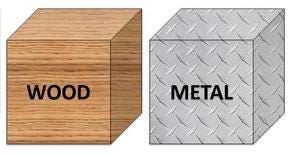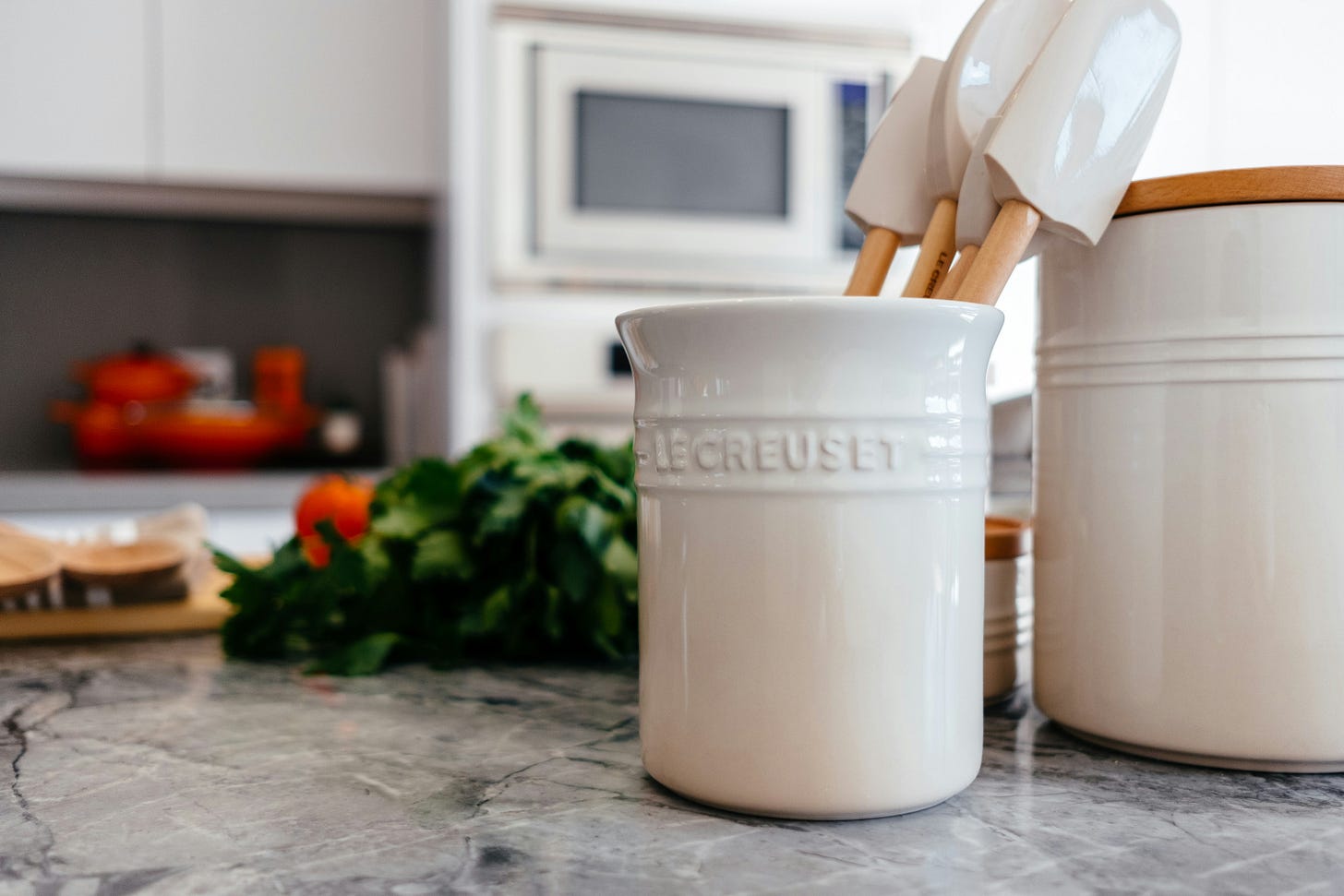✶ Explore the concepts of heat transfer, and find out why metal *is* colder than wood is in fact a misconception, but metal *feels* colder is perfectly correct (bizarre!).
Let us perform a little experiment!
Prepare two blocks in room temperature: one made of metal and the other made of wood. Leave it there for a little while. Now, place your left hand on the metal block, and your right on the wooden block. Which block feels colder?
The metal one, right?
When it comes to the reason behind this, some people may think that it’s because:
“the metal block absorbed more coldness than the wooden one.”
Our experiment was performed in room temperature, and given enough time in contact with the surroundings, both blocks should have the exact same temperature: room temperature! But then, the metal block did feel a bit colder…
We must have felt something other than temperature.
If you also came to this conclusion, congratulations! You were correct.
The explanation
Instead of the temperature of the block, what we were feeling was in fact the transfer of heat.
Heat transfer is a fundamental concept, significant not only for its importance in thermodynamics, but also for the crucial role it plays in diverse fields like Biology! (Be sure to watch this video by YouTuber Veritasium if you’re interested in thermodynamics!)
As stated in the second law of thermodynamics, heat always flow from a hotter region to a colder region.
Our hands are hotter than room temperature. So, in our experiment, heat was transferring from our hands → blocks (room temperature).
There is a common belief that the metal block was transferring coldness to our hands. This is untrue ❌. Instead, what happened was that the block was actually sucking away heat from our hands.
Remember, hotter objects (transfers heat) → colder objects, not the other way round.
If the rate of heat transfer is quicker, than the temperature of our hands decreases at a higher rate. On the other hand, if the rate of heat transfer is slower, the temperature of our hands decreases at a slower rate.
We can look at other real life examples to better understand this.
Most kitchenware (pots and pans) are made up of metal to quickly heat up the raw food. On the other hand, the handle of spatulas are made up of wood/ plastic to prevent burning your hand.
Metal transfers heat quicker than wood, or phrased differently, metal is a better conductor of heat than wood. 1
When we were performing our little experiment, our left hand was quickly transferring heat to the metal block, while our right hand was slowly transferring heat to the wooden block.
This leaves our left hand cooler than our right 😎
At last, we have derived our answer!
Is metal colder than wood? No.
Considering that both materials are put in the same environment, metal and wood have the same exact temperature!
Bur, metal will feel colder than wood due to its quicker heat transfer!
♢
Key terms
Revisit the terms and vocabularies you’ve seen today.
Critical questions
Think critically with these questions.
When performing our little experiment, why do we have to leave the blocks in room temperature for a while?
What happens if we put our hands on both blocks long enough?
For the curious 💡,
Aquilegia and Robin II
✱✱✱
When you can’t make them see the light, make them feel the heat. — Ronald Reagan
Metals have electrons which are free to move around. They bump into other electrons or nuclei to transfer energy quickly! Without free electrons / mobile electrons, molecules rely only on the collision of entire atoms, which are much slower in comparison.
The precise definition: A measure of the average kinetic energy due to random motion of molecules in a system
Thermal energy: The energy contained within a system that is responsible for its temperature
The precise definition: A cyclic transformation whose only final result is to transfer heat from a body at a given temperature to a body at a higher temperature is impossible





